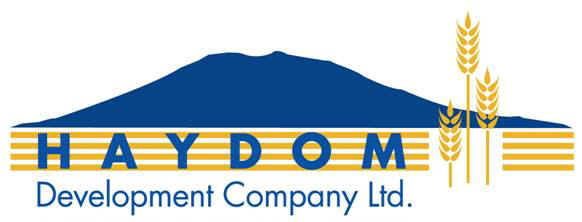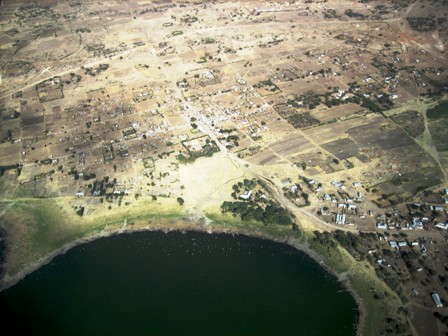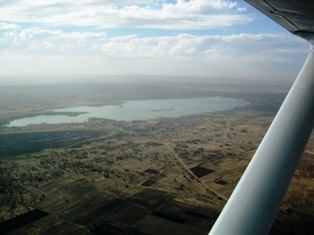
Ta kontakt her: post@haydom-dc.com
 |
Haydom
Development Company (HDC) er interessert i å komme i kontakt med
samarbeidspartnere som kan tenke seg å være med på å arbeide for å
oppfylle selskapets mål.
Ta kontakt her: post@haydom-dc.com |
| Hjem | HDCs styre | Bakgrunnen for HDC | HDCs mål og visjoner | HDCs erfaringer |
|
The HDC vision in practiceVision
of improved
Food Security Vision
of a Green Corridor from Mt Hanang to Vision
of research as a tool for development Vision
of ownership and responsibility Vision
of improved
Food Security
The late Dr O. H. E. Olsen, Medical Director of HLH during a long time, had a vision that improved farming in the area would improve the food security and that HLH could make a contribution to this by setting an example and by training and educating the youth in better farming methods. He had also the vision that the hospital could have an income from running a big farm.
HDC was developing a policy for
entrepreneurship, encouraging small enterprises that would need micro-finance
services (see mid column here); hence the proposal for
inviting such savings and credit institutions to participate. 150 families
and local church-communities participated (2006)
in the “Jirani Bora” project. Participants
were organized in groups of each 5 families, ready for micro-finance services. Each group had an offer to participate in the production at Mulbadaw with
300 working days and for that take out wheat equivalent to the yield on Thousands of local breeds of cattle are
every year invading the agricultural land, causing overgrazing, compaction of
soils, reduced wheat yields, contributing to serious erosion, floods, silting
and pollution of Lake
Vision
of a Green Corridor from Mt Hanang to
|
 |
 |
| Lake Basotu - og landbyen "Basotu Ziwani" ("Basotu ved sjøen") Mye overflatevann fra hardtrampet jord og veger - direkte i sjøen | Basotusjøen, der overflatevannet fra farmene og landkapet havner. Sjøen har ikke utløp - sårbar p.g.a. opphoping av forurensing |
The research project aimed at improving wheat yields was established together with the wheat breeder Dr Ndondi, at Selian Agricultural Research Institute, SARI. The results of the work indicated a potential of a 50% increase in yields at Mulbadaw by making better use of available genetic materials. There is little evidence that those who took over Mulbadaw on 12th August 2006 understand the value of research as a tool for crop development; they have not employed any trained agriculturist and not initiated any crop research. HDC Ltd is still working with SARI for crop improvement.
HDC Ltd acknowledges that responsibility
comes with ownership and a heart for maintaining and taking care of property.
All operators of tractors and other farm machinery participated in an
“on-the-job” training that included renovation and overhaul of tractors that
were regarded as scrap by the late Dr. Olsen in 2004. The result was that “the scrap” by January 2006 was 10 tractors
operating on the farm, sufficient for cultivation of 4 000ha (
HDC Ltd offered also to rebuild tractors
belonging to private farmers; with financing from owners or other sources.
A farmer’s widow inherited “scrap” similar to the “scrap” found
at Mulbadaw. She was offered
assistance from a private source in
The unilateral physical take over of
Mulbadaw Farm and CMSC on 12th August 2006, on demand from Friends of
Haydom in
I am not convinced that such “charity” is a sustainable strategy for the development needed; I rather suspect it undermines development of the ownership and the responsibilities needed for sustainable development and food security.
Halvdan Jakobsen